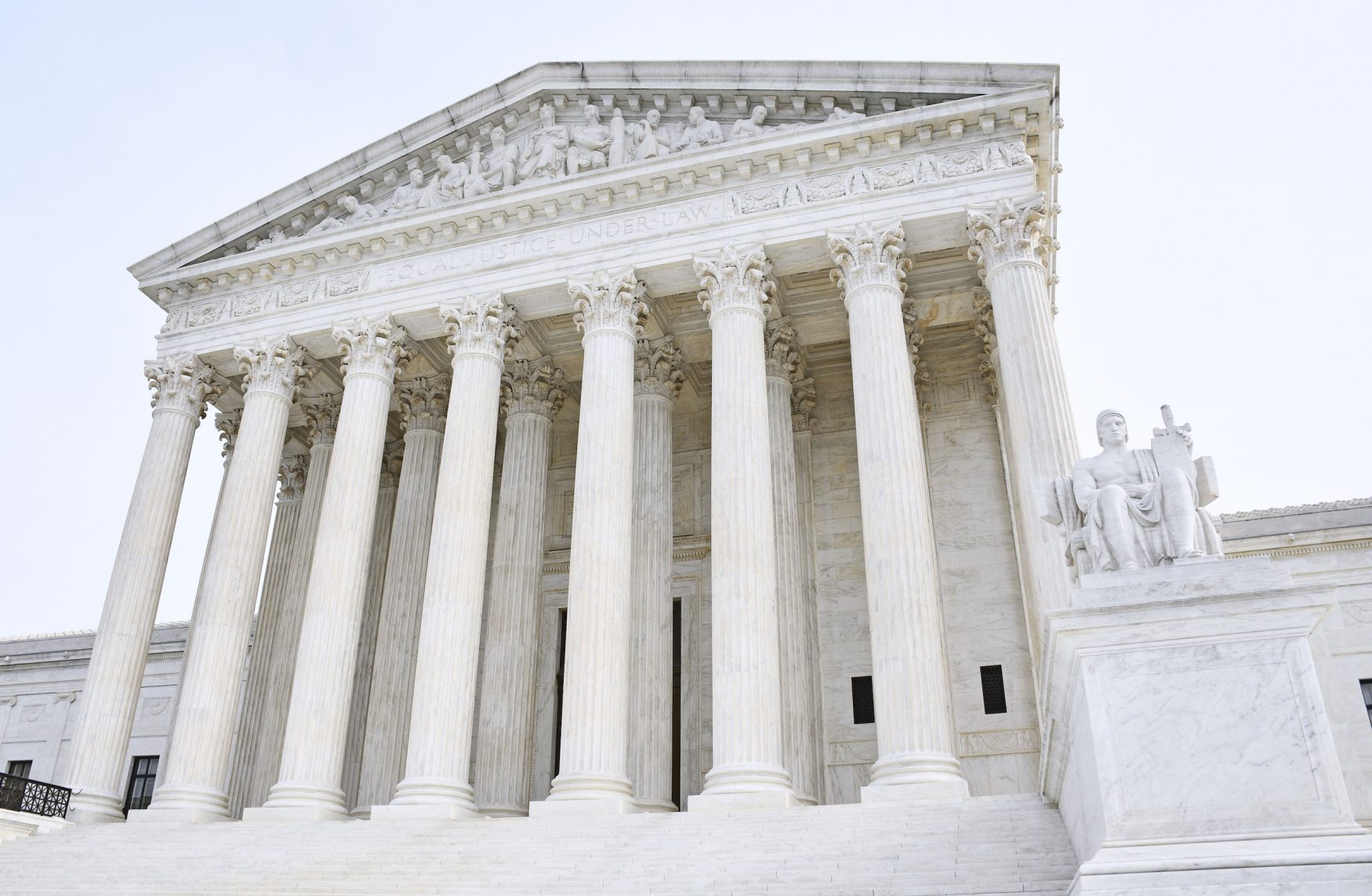
Supreme Court Term Limits is a Contradiction on Terms
There are no Supreme Court Term Limits For Judges – They Stay and Stay and Stay.
The argument for Supreme Court term limits is based on two things: Democracy and Decrepitude.
Democracy came from ancient Greece and the basic idea was to give everyone a shot at running things.
Unfortunately, “everyone” meant “every citizen”, which discounted women, children and slaves, leaving only three per cent of the population to make decisions for other guys just like them.
This is, in practice, the model that the Supreme Court is based on, but it not the model that we, the people, wish it to follow.
We like to think our Supreme court (and other federal courts) are places of non-partisanship, where everyone can get a fair hearing.
In reality, the Supreme Court is made up of a collection of cronies of U.S presidents, past and present (but mostly past).
They are a totally non-representative collection of judges.
After all, you probably didn’t vote for George Bush, but plenty of his cronies are still perched on the bench of the Nine Old Men.
The concept of Supreme Court term limits imposes a specific end to the reign of any of these representatives of a government either voted out or long dead to the public consciousness.
Be wary though: Imposing term limits should not, as many people claim, mark the beginning of Supreme Court Justices being chosen by public vote.
Although this idea is noble, it is vital that our federal judges are allowed to remain (at least theoretically) aloof from the dirty business of raising campaign funds in exchange for favors and being subject to the whisperings of lobbyists.
Let’s face it, as it now stands, the Supreme Court is already awash with the busy destruction of the Constitution and the manipulations of Foreign Policy at the behest of a power-mad “government”.
The Supreme Court Proves Its Willingness to Flout the Law
The Clear and Present Danger of Decrepitude
It is important to understand here that this is not an argument for a mandatory retirement age.
Indeed, many of the finest Supreme Court Justices really only hit their stride when they were in their seventies (think Oliver Wendell Holmes who wrote an inspired opinion on government censorship when he was 78).
But the link between being a favorite of a President and the No Need to Give it Up attitude to being a federal judge is too uncomfortable to ignore.
Impeachment is a nasty business, but we need to put it back on the table for discussion when it comes to our Supreme Court Judges.
Mandatory Supreme Court term Limits may not be able to be enforced any other way.
This is not necessarily due to any malice on the part of the judges themselves.
After all, when your docket is lighter than at any time since the inception of the Supreme Court, and you are surrounded by flunkies who constantly congratulate you on doing a great job, you may not be incline to rush away from the most comfortable professional seat you’ve ever held.
Perhaps it is simply a matter of making impeachment a less stigmatized process, as voluntary retirement often counts on clear thinking, in short supply for those who are mentally degenerating.
Justice Thurgood Marshall could not remember on which side a lawyer was arguing.
William O. Douglas could not remember the names of the people in his court, even his fellow justices and after retirement kept forgetting he didn’t work anymore and was happily at his desk at 9am each morning.
Joseph McKenna wrote an articulate opinion that decided a case.
Unfortunately the case had already been decided by unanimous vote (including his).
In 1995 Chief Judge Richard A. Posner pointed out the sadly obvious truth:
“[t]he judiciary is the nation’s premier geriatric occupation.”
What does this say about the hands we entrust to hold and deftly deliver Life or Death issues?
And surely, whatever the answer, it is a sign that we need to revisit the idea of Supreme Court term limits.

 My First Amazing Ayahuasca Experience
My First Amazing Ayahuasca Experience  Pine Needle Tea
Pine Needle Tea  The REAL Controllers of Humanity: The Papal Bloodlines
The REAL Controllers of Humanity: The Papal Bloodlines  Is it Global Warming or Cooling?
Is it Global Warming or Cooling?  Gun Rights and Obama Examined
Gun Rights and Obama Examined